Introducing RobotLAB VR Expeditions V2.0!
This is VR Expeditions VR 2.0 A product that we created in partnership with encyclopaedia Britannica and a product that will continue to take students and teachers to places with virtual reality!
- 0 Comments
- Nov 3, 2020 1:31:48 PM
- Posted by Natalia Galvis
- Topics: STEM, teachers, students, Technology, STEMchat, Edchat, teaching, online, lessons
3 ways to bring equity to STEM education
By DAVID TONG
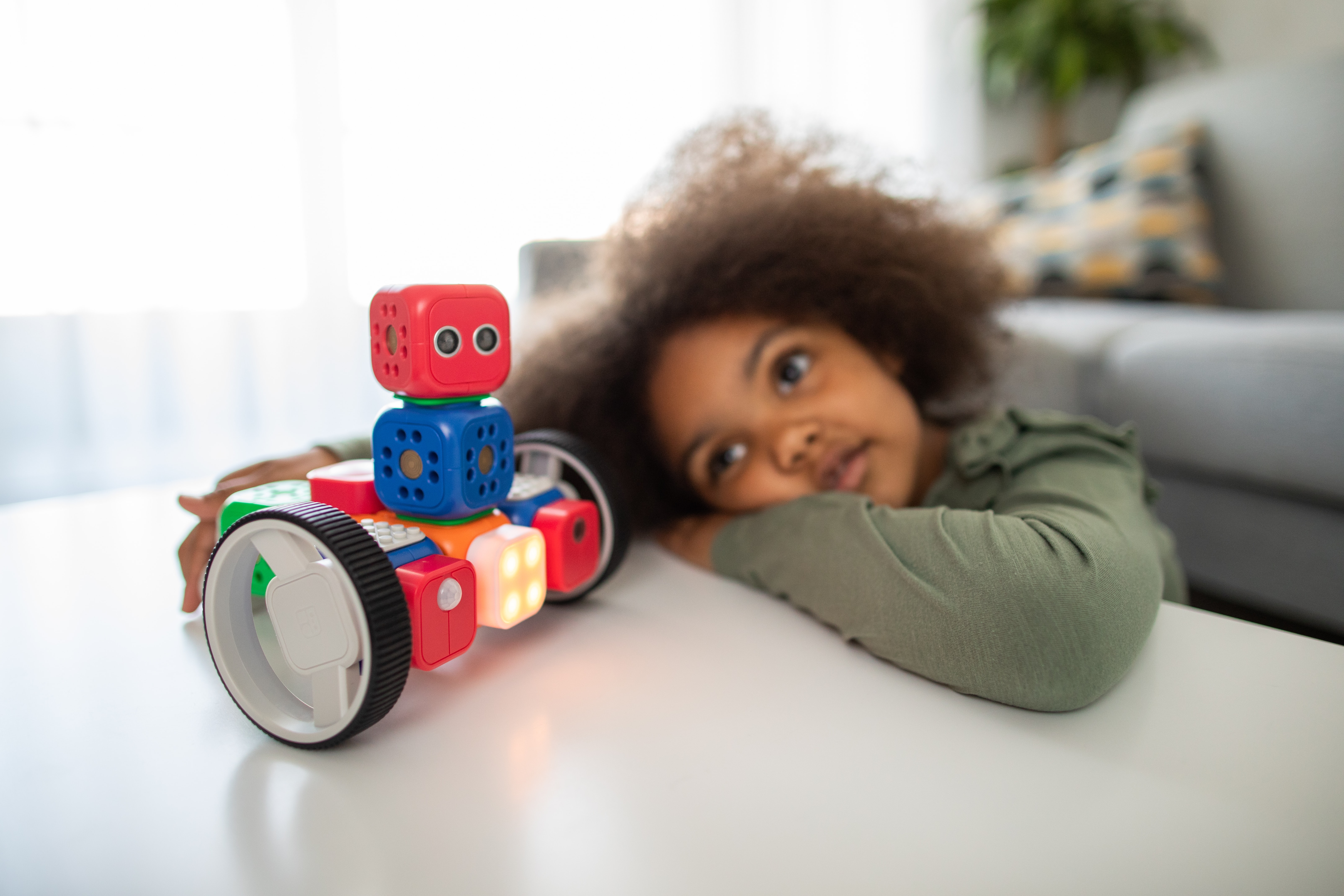 Photo by Robo Wunderkind on Unsplash
Photo by Robo Wunderkind on Unsplash
STEM education is essential even if students don't pursue STEM careers. Here are some strategies to make it more accessible and equitable for all students.
- 0 Comments
- Nov 3, 2020 10:00:00 AM
- Posted by Natalia Galvis
- Topics: STEM, teachers, students, Technology, STEMchat, Edchat, teaching, online, lessons
How Artificial Intelligence is Empowering The Education Sector
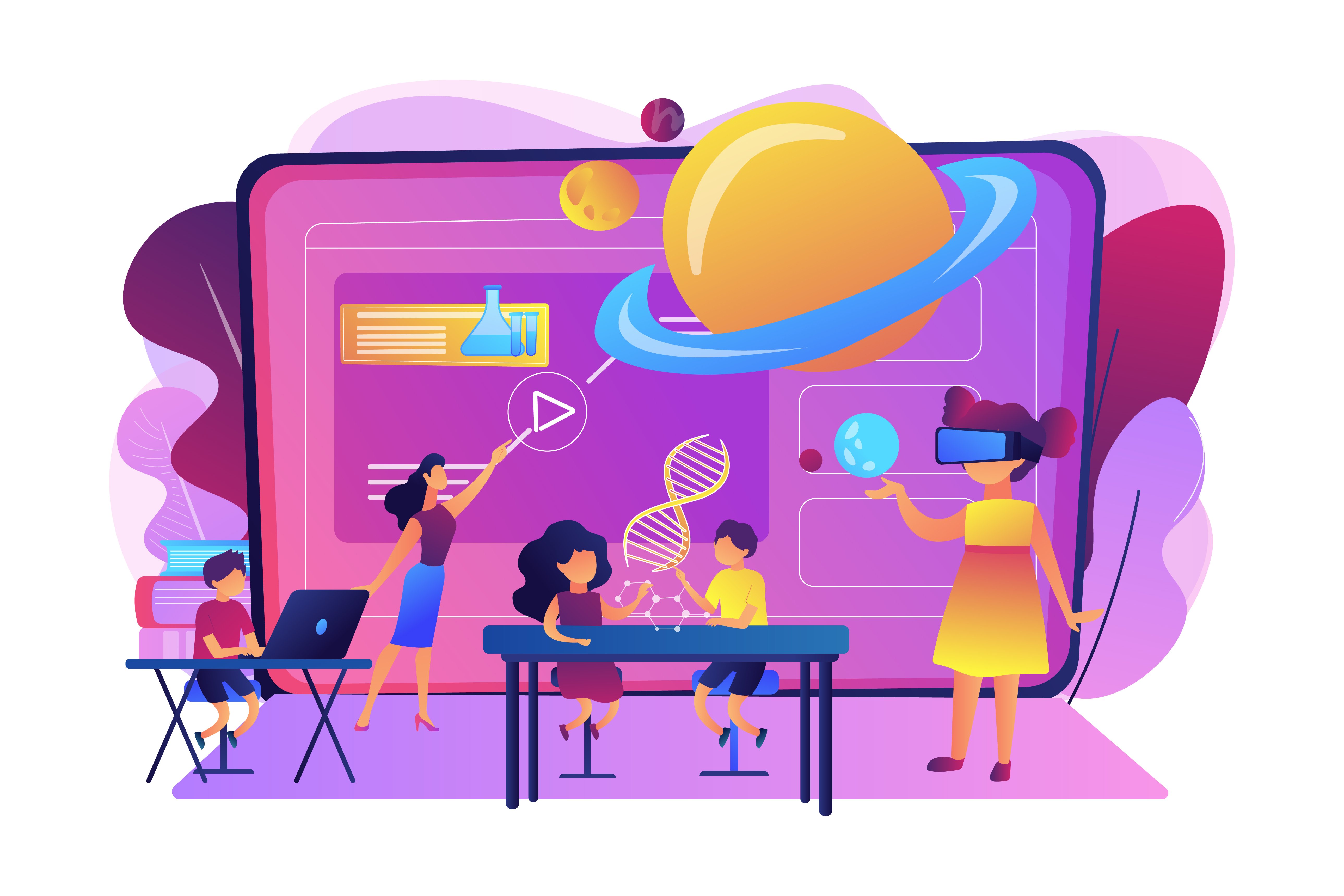 Image by vectorjuice - www.freepik.com
Image by vectorjuice - www.freepik.com
Artificial Intelligence is Improving Education Sector like never before!
We’re in 2020 and long past the days back when we used to stand outside the school library to get the opportunity to copy two or three Encyclopedia pages, to use as a kind of reference for our school projects.
With this age having grown up with the benefit of access to technology at their fingertips, the field of education has hugely changed and overturned in this digitally driven world. Artificial Intelligence in the education market was worth US$2.022 billion for the year 2019.
- 0 Comments
- Nov 2, 2020 10:00:00 AM
- Posted by Natalia Galvis
- Topics: STEM, Artificial Intelligence, teachers, students, Technology, STEMchat, Edchat, AI, teaching, online, lessons
The Gender Gap Persists in Computer Science Education
 Photo by Kelly Sikkema on Unsplash
Photo by Kelly Sikkema on Unsplash
A multiyear study shows increasing interest in computer science education, though retention of minorities and female students remains a challenge
- 0 Comments
- Oct 30, 2020 10:00:00 AM
- Posted by Natalia Galvis
- Topics: STEM, teachers, students, Technology, STEMchat, Edchat, teaching, online, lessons
5 main benefits of STEAM Education
 Image source: https://acerforeducation.acer.com/wp-content/uploads/banner-steam-education_1400.jpg
Image source: https://acerforeducation.acer.com/wp-content/uploads/banner-steam-education_1400.jpg
STEAM, or the synergy of science, technology, engineering, art and mathematics, is one of the hottest buzzwords of today’s education, and with good reason.
STEM, an educational model based on similar principles, but with the conspicuous absence of an A for the arts, capitalizes on the importance of technology and hard sciences in an increasingly digital world, but some have reacted to it with fear that our children will not be as well-rounded if we neglect the humanities.
Unlike STEM, which is interesting in its own right and undoubtedly profitable if we look at school mainly as a way to grant future graduates a high-paying career, but risks becoming hyper-focused on certain subjects and letting the rest fall by the wayside, STEAM encapsulates the whole of human knowledge in one handy acronym.
Here are the five greatest benefits of a STEAM-based education.
- 0 Comments
- Oct 29, 2020 10:00:00 AM
- Posted by Natalia Galvis
- Topics: STEM, teachers, students, Technology, STEMchat, Edchat, teaching, online, lessons
Adapting an Effective Math Collaboration Activity for Distance Learning
 Photo by Annie Spratt on Unsplash
Photo by Annie Spratt on Unsplash
An instructional coach and math teacher who developed a powerful model for student collaboration have tweaked it for the pandemic.
- 0 Comments
- Oct 28, 2020 10:00:00 AM
- Posted by Natalia Galvis
- Topics: STEM, teachers, students, Technology, STEMchat, Edchat, teaching, online, lessons
The Best Ways to Start a Career in the Robotics Industry
By Serena Dorf
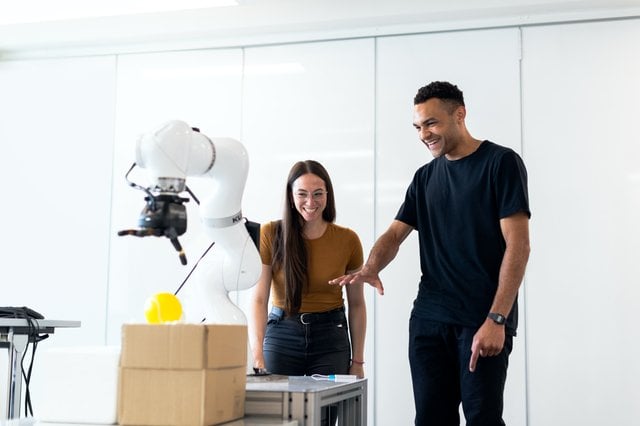 Photo by ThisIsEngineering from Pexels
Photo by ThisIsEngineering from Pexels
The robotics industry is one of the best industries to get into today. Most of the important aspects of our lives depend on it. These include medicine, manufacturing, military, and domestic purposes. Further, it helps in improving our lifestyles by making our work easier.
For this reason, the majority of industries are looking for robotics engineers to design and create machines for them. Leading companies in every industry are willing to pay more than the average to get and retain the best talent. If you are interested in starting a career in the robotics industry, we are going to show you how to start.
- 2 Comments
- Oct 27, 2020 10:00:00 AM
- Posted by Natalia Galvis
- Topics: STEM, teachers, students, Technology, STEMchat, Edchat, teaching, online, lessons
How Teachers are Preparing for The Next school Year
 Image source: https://acerforeducation.acer.com/wp-content/uploads/banner-55.jpg
Image source: https://acerforeducation.acer.com/wp-content/uploads/banner-55.jpg
School in a post-coronavirus world will never be the same. Having no choice but to rely heavily on online learning to guarantee continuity of education in a society disrupted by the pandemic has taught lessons to more than just the students.
It is now time for teachers to reflect on the experience of socially distanced school and prepare for the upcoming year and the unique challenges it will present.
Going back to a new normal after such a defining historical event may feel a little like travelling without a road map, but teachers can at least take comfort in the three keywords they can use to orient themselves in this uncharted land: engagement, personalization, interaction.
- 0 Comments
- Oct 26, 2020 10:00:00 AM
- Posted by Natalia Galvis
- Topics: STEM, teachers, students, Technology, STEMchat, Edchat, teaching, online, lessons
How VR Can Help During the Coronavirus Crisis
BY VR Direct
The message is stark, urgent and global; the progress of the coronavirus pandemic can only be slowed to manageable levels if we all practice social distancing and self-isolation.
We all have daunting challenges to face in a world of restricted travel, remote working, and limited social interaction. Even after the initial crisis measures have been relaxed, it won’t be ‘business as normal’ for some time to come.
So exactly how can we continue providing essential training and education? How can we meet together at trade and cultural events? How can we nurture personal contacts and convert them to sales?
One way is to use the technology already out there to bring people together in a virtual reality. A virus ca nnot spread when there is no actual physical contact.
Let’s take a look now at how VR can not only give you a socially responsible advantage during the height of the crisis, but will give you a competitive edge in its aftermath.
- 0 Comments
- Oct 23, 2020 10:00:00 AM
- Posted by Natalia Galvis
- Topics: STEM, students, Technology, VR, store000030-Virtual Reality, STEMchat, Edchat, online, virtual learning, lessons
Using Robotics To Prepare Students For the Future
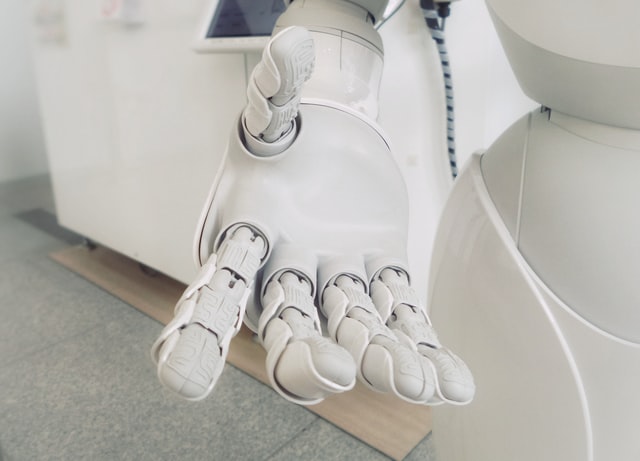 Photo by Photos Hobby on Unsplash
Photo by Photos Hobby on Unsplash
In today’s’ technology-driven world, it’s important now more than ever to prepare students for the future. Teaching robotics to young students throughout their schooling can increase their ability to be creative and innovative thinkers and more productive members of society. Many governments have already recognized the importance of robotics in the classroom and have begun to create programs and laws that would incorporate it into their public education system. By teaching our students the basics of robotics, we can open a whole new world to them and exciting opportunities that they wouldn’t have access to otherwise.
- 0 Comments
- Oct 22, 2020 10:00:00 AM
- Posted by Natalia Galvis
- Topics: Robotics, STEM, Robots,, students, Technology, STEMchat, Edchat, online, lessons
Relevant Posts
Popular Posts
Subscribe to Email Updates
-
I Want To Learn MoreADDITIONAL INFORMATION


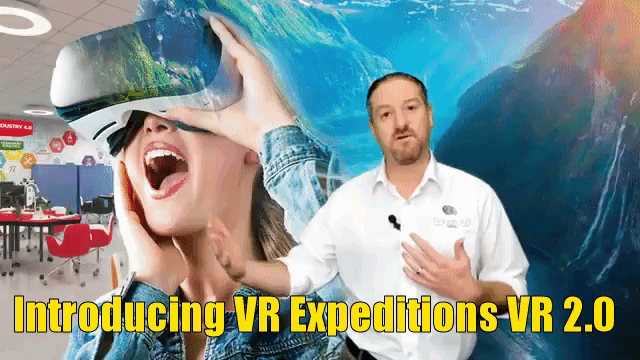
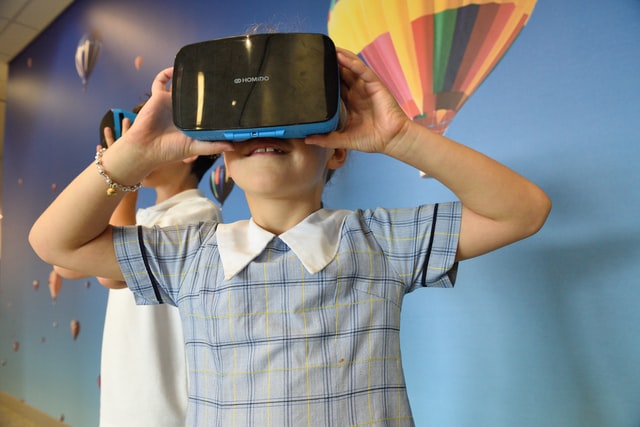 Photo by
Photo by 